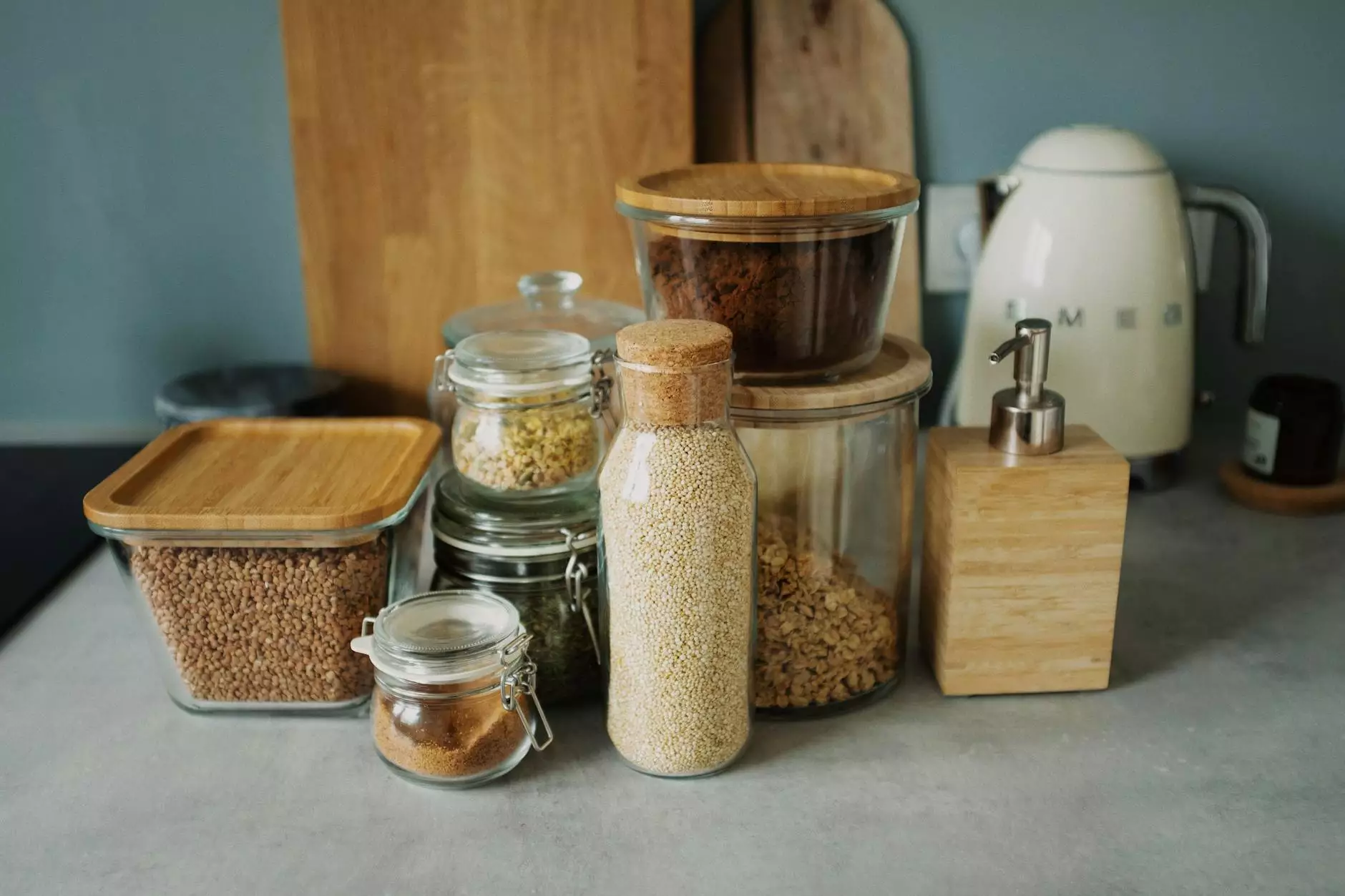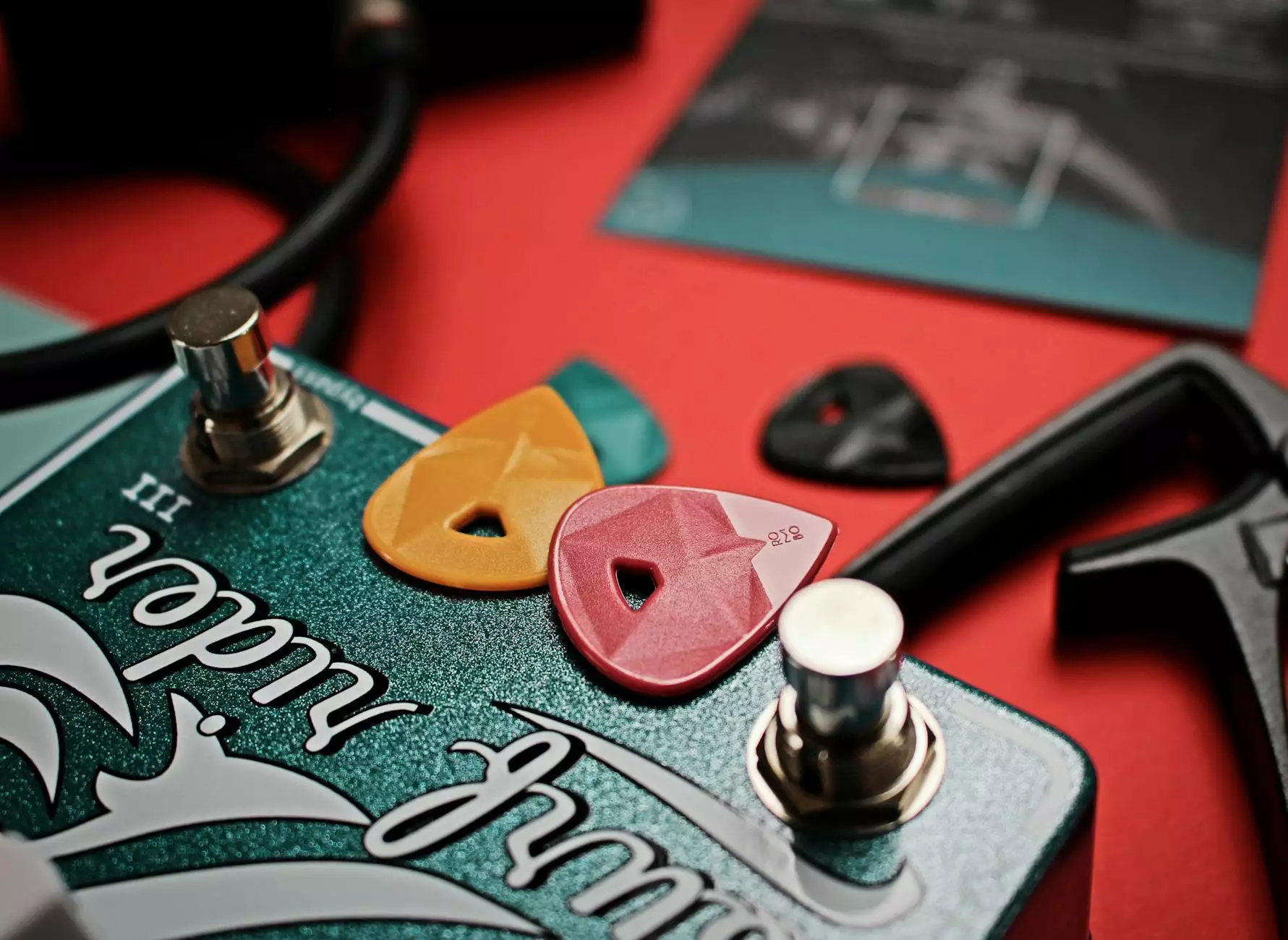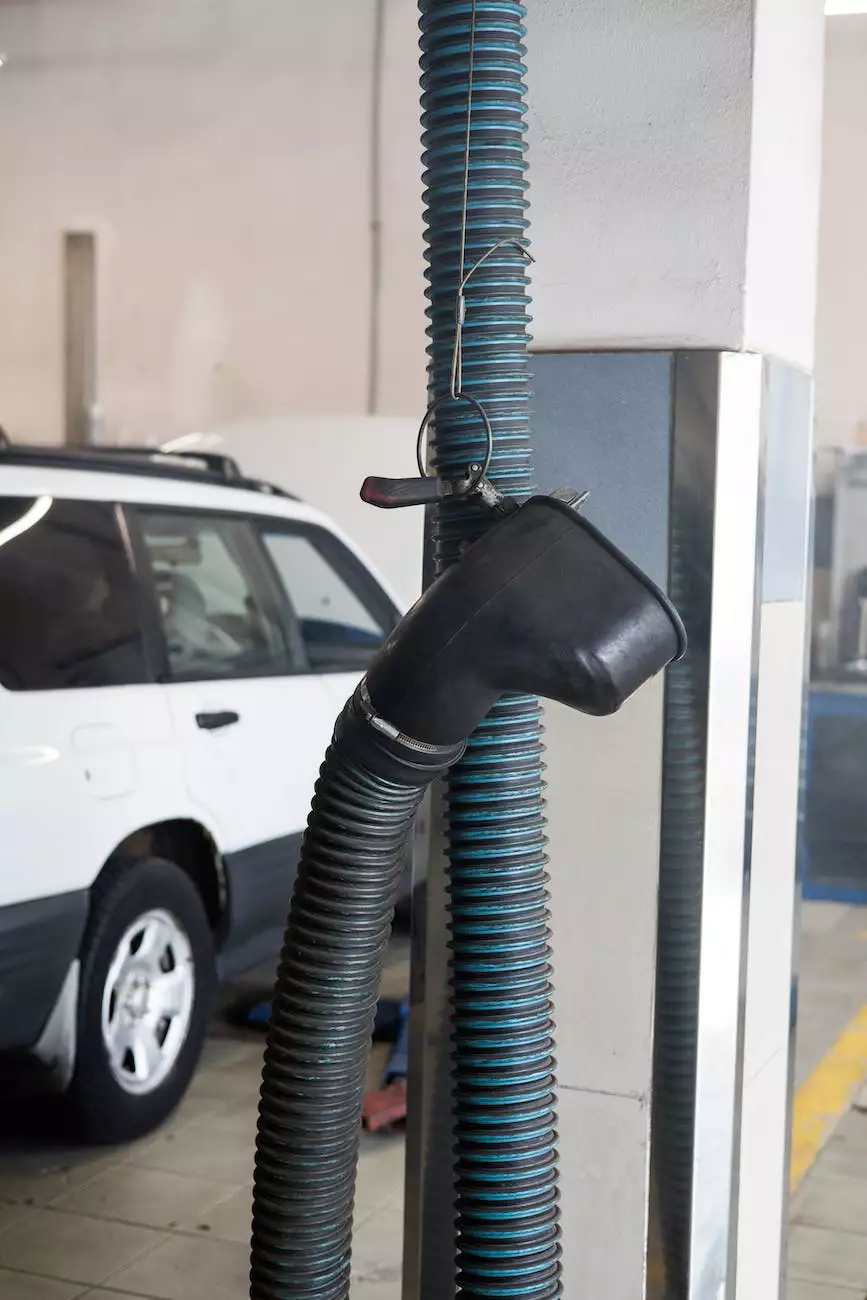How to Prime a Well Pump

Fire Appliance is here to provide you with a comprehensive guide on how to prime your well pump effectively. Whether you are a well pump owner or considering installing one, understanding the priming process is crucial for maintaining its proper functioning and longevity.
Why is Priming Important?
Priming your well pump is essential for ensuring a continuous water supply to your home or property. When the pump loses its prime, it means there is air trapped in the system, hindering its ability to draw water. This can lead to water disruptions, decreased water pressure, and even damage to the pump itself.
Steps to Prime a Well Pump
Priming a well pump may seem like a daunting task, but with our step-by-step guide, you'll easily master the process:
- Step 1: Gather the necessary tools
- Adjustable wrench
- Bucket
- Garden hose
- Pressure gauge
- Teflon tape
- Step 2: Shut off the power supply
- Step 3: Find the priming plug or valve
- Step 4: Open the priming mechanism
- Step 5: Fill the pump with water
- Step 6: Monitor the pressure gauge
- Step 7: Secure the priming mechanism
- Step 8: Restore power supply
Before starting, make sure you have the following tools handy:
For safety reasons, it's crucial to turn off the power supply to the well pump. Locate the circuit breaker or switch associated with the pump and flip it to the off position.
Locate the priming plug or valve on your well pump. This can usually be found on the top or side of the pump housing. Refer to your pump's manual if you need assistance in identifying the priming mechanism.
Using your adjustable wrench, gently loosen the priming plug or valve to open it. Be cautious as it may be under pressure or contain water.
To prime the pump, fill the bucket with water and pour it slowly into the priming mechanism. Ensure that the water is reaching the pump's intake or opening. This will help remove any trapped air from the system.
As you pour water into the pump, keep an eye on the pressure gauge. The pressure should increase gradually, indicating that the pump is being primed. If the pressure does not rise, there may be an underlying issue that requires professional attention.
Once the pressure gauge reads an appropriate level, close the priming plug or valve tightly. Use Teflon tape if needed to ensure a secure seal, preventing any air from re-entering the system.
With the priming process complete, it's time to restore the power supply to the well pump. Locate the circuit breaker or switch and switch it back on. Allow the system to run for a few moments to ensure proper water flow and pressure.
Tips for Maintaining a Well Pump
Proper maintenance is essential to extend the lifespan of your well pump and avoid potential issues. Here are a few tips to keep your well pump in optimal condition:
- Regularly inspect the system: Check for leaks, loose connections, or signs of damage.
- Monitor water pressure: Familiarize yourself with your well pump's recommended pressure range and ensure it falls within the desired parameters.
- Keep the area clear: Clear debris, vegetation, or any obstructions from the pump's surroundings to prevent interference with its functioning.
- Schedule professional maintenance: Consider hiring a qualified technician to perform routine inspections and maintenance to address any underlying issues and ensure the longevity of your well pump.
With Fire Appliance's expert guide on how to prime a well pump, you now have the knowledge and tools to maintain a properly functioning well pump system. Remember to follow the steps carefully, and don't hesitate to seek professional assistance when needed.
For more information about well pumps, maintenance, or other fire safety-related topics, explore our website or contact Fire Appliance's knowledgeable team. We are here to assist you and provide reliable solutions for your well pump needs.










